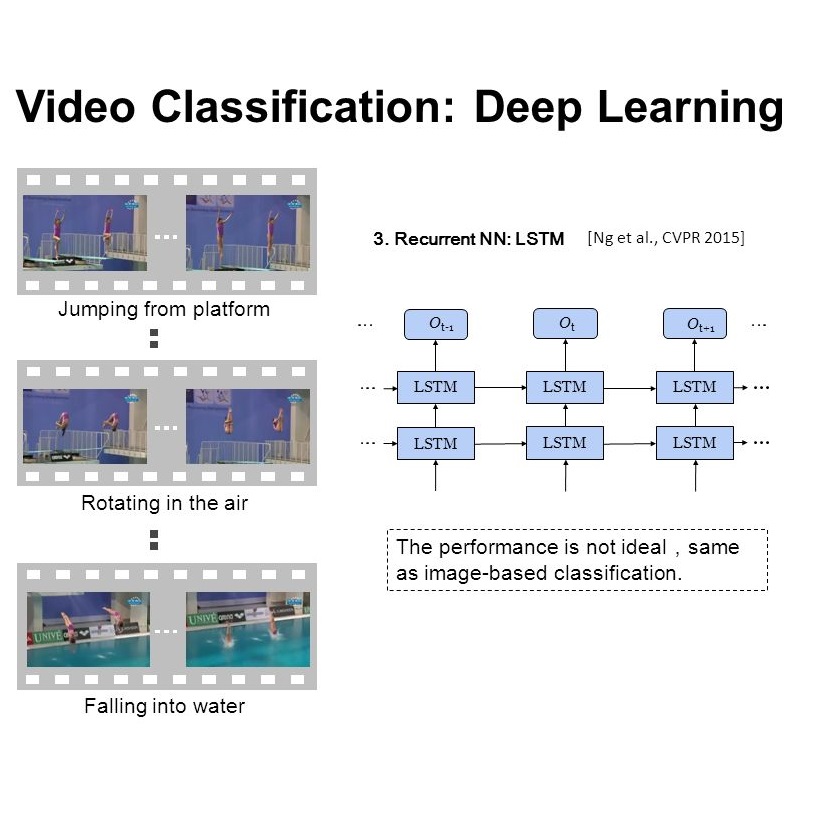Committee-based models, i.e., model ensembles or cascades, are underexplored in recent work on developing efficient models. While committee-based models themselves are not new, there lacks a systematic understanding of their efficiency in comparison with single models. To fill this gap, we conduct a comprehensive analysis of the efficiency of committee-based models and find that committee-based models provide a complementary paradigm to achieve superior efficiency without tuning the architecture: a simple ensemble or cascade of existing networks can be considerably more efficient than state-of-the-art single models, even outperforming sophisticated neural architecture search methods. The superior efficiency of committee-based models holds true for several tasks, including image classification, video classification, and semantic segmentation, and various architecture families, such as EfficientNet, ResNet, MobileNetV2, and X3D.
翻译:以委员会为基础的模型,即模型组合或级联,在近期制定高效模型的工作中没有得到充分探讨。虽然以委员会为基础的模型本身并不是新的,但与单一模型相比,缺乏对其效率的系统理解。为填补这一空白,我们全面分析以委员会为基础的模型的效率,发现以委员会为基础的模型提供了一个补充范例,以便在不调整结构的情况下实现更高的效率:现有网络的简单组合或级联可能比最先进的单一模型,甚至比先进的神经结构搜索方法效率要高得多。以委员会为基础的模型在包括图像分类、视频分类和语义分化等若干任务以及诸如高效网络、ResNet、移动网络2和X3D等各种建筑家庭方面,其高效率是真实的。



